Regulation
Federal Reserve Rate Cut Hopes Dampen Amid Surging Q1 Inflation
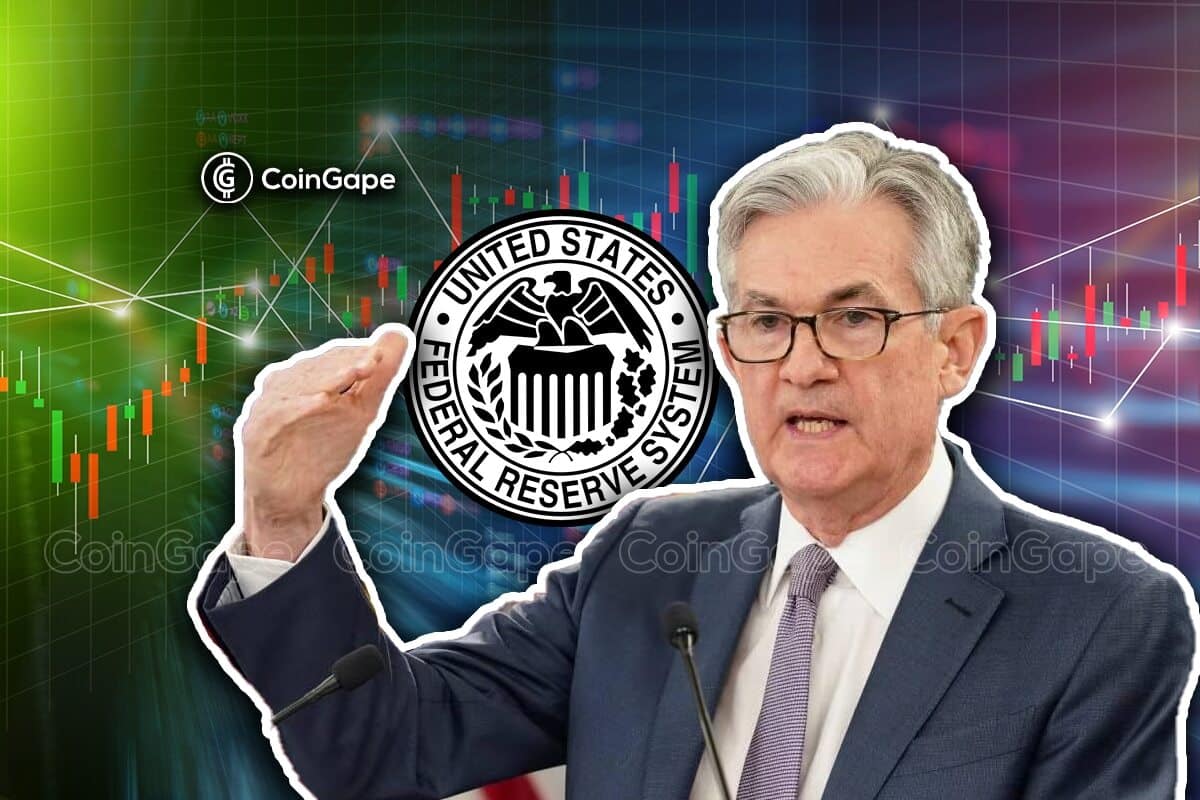
The U.S. economy saw an unexpected slowdown in the first quarter of 2024, with the Gross Domestic Product (GDP) growing at just a 1.6% annualized rate. This rate is too far lower than the expected growth of 2.4%, as was predicted by the economists.
This deceleration is especially remarkable in view of the 3.4% of robust pace, which had been recorded in the previous quarter. Although earlier predictions had indicated that the economy was going to be stable, the actual numbers from the Commerce Department show otherwise.
This slowdown of the growth rate happens when the economy seemed to have been resilient to forecasts of a decline, a result of the Federal Reserve’s aggressive interest rate hikes to contain inflation. Preliminary analysis shows sectors such as government spending contracted and personal consumption failed to meet expectations, resulting in the overall slowdown.
Inflation Concerns Complicate Monetary Policy
However, during the same quarter, the inflation rate also surprisingly increased particularly in the Personal Consumption Expenditures (PCE) inflation measure. This subcomponent, important for Federal Reserve policy decisions, showed an increase that can influence the central bank’s stance on interest rate adjustments.
The hotter-than-expected PCE readings signal that inflation pressures are not subsiding as earlier anticipated, which complicates the outlook for the economy.
The increase in inflation is caused by some factors such as continued increases in services and some commodities’ prices. This persistence in inflation is in fact undermining the primary goal of the Federal Reserve to keep prices in check without at the same time suppressing economic growth.
Market Reactions and Expectations
After the economic data was released, financial markets responded quickly.` The S&P 500 futures indicated that markets would open lower, falling by 1.27% due to apprehensions of an economic slowdown amidst inflation.
In the bond market, the yield on the U.S. 10-year notes climbed to 4.721%, while the two-year yield moved to 5.012%, reflecting a change in the investor’s outlook on the period and magnitude of interest rate measures.
The currency markets also showed a slight increase in the U.S. dollar index by 0.113%, indicating that investors see the U.S. dollar as a safe asset in uncertain economic conditions.
Federal Reserve’s Policy Dilemma
The two-fold problem of slowing economic development and stubborn inflation poses a serious policy dilemma for the Federal Reserve. The expectation of a rate cut towards the end of the year is diminished by the looming need to deal with the inflationary pressures which do not seem to wane.
Consequently, these circumstances may require retaining, or sometimes increasing, rates in order to fight inflation, which is the opposite of earlier anticipated cuts.
The analysts are now looking up closely to the Federal Reserve’s further steps. The primary concern of the central bank is the inflation control, however, the unanticipated slowdown of the GDP increases the complexity of its decision-making. The Fed’s course of strategy in the forthcoming months would largely depend on the economic reports due soon, particularly those related to consumer prices and employment.
Read Also: Consensys Fights for Ethereum, Sues SEC to Block Regulation
The presented content may include the personal opinion of the author and is subject to market condition. Do your market research before investing in cryptocurrencies. The author or the publication does not hold any responsibility for your personal financial loss.
Regulation
US SEC Drops Charges Against Hawk Tuah Girl Hailey Welch

Hawk Tuah girl Hailey Welch, known for her association with the controversial $HAWK token, has been cleared of any wrongdoing after a lengthy investigation by the U.S. Securities and Exchange Commission (SEC). The SEC has decided not to press charges against Welch in connection with the rapid rise and subsequent collapse of the meme-based cryptocurrency.
US SEC Investigation Into Hawk Tuah Girl Concludes Without Charges
The SEC had launched an investigation into the $HAWK token after its dramatic price drop. The token, which was linked to Welch’s viral persona, initially saw a market cap surge to $490 million before crashing by over 90%. Investors who were impacted by the crash filed a lawsuit against those behind the project, alleging that the coin had been promoted and sold without proper registration.
Hawk Tuah girl Hailey Welch, who cooperated fully with the investigation, expressed relief after the SEC’s decision. “For the past few months, I’ve been cooperating with all the authorities and attorneys, and finally, that work is complete,” Welch told TMZ.
Her attorney, James Sallah, confirmed that the SEC had closed the case without any findings against her, adding that there would be no monetary sanctions or restrictions on Welch’s future involvement in cryptocurrency or securities.
This Is A Developing News, Please Check Back For More
Disclaimer: The presented content may include the personal opinion of the author and is subject to market condition. Do your market research before investing in cryptocurrencies. The author or the publication does not hold any responsibility for your personal financial loss.
Regulation
Sonic Labs To Abandon Plans For Algorithmic USD Stablecoin, Here’s Why
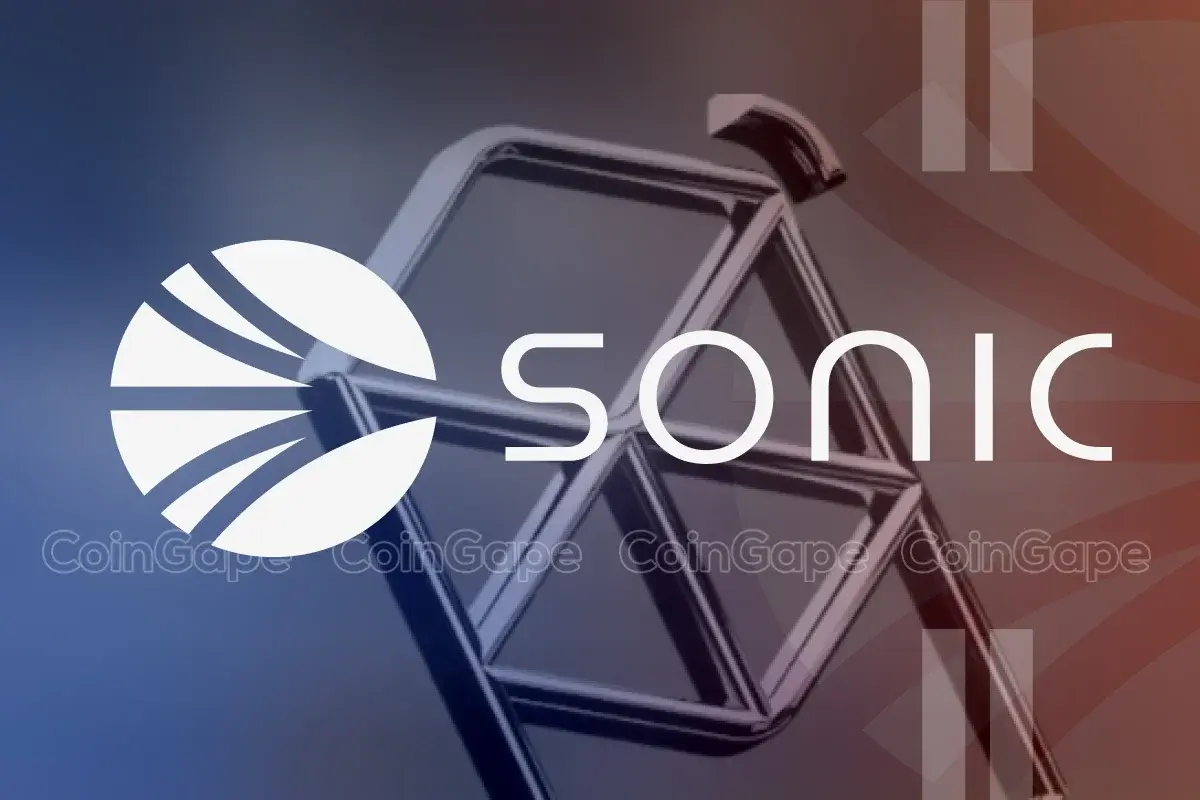
Barely a week after hinting at launching an algorithmic USD stablecoin, Sonic Labs is shuttering its plans. Sonic Labs co-founder Andre Cronje revealed that incoming stablecoin regulation in the US contributes to the change of stance.
Sonic Labs Makes U-Turn Over Algorithmic USD Stablecoin
In mid-March, Sonic Labs disclosed plans for a yield-generating algorithmic stablecoin for its blockchain. However, new developments in the US regulatory landscape are forcing the company to ditch its algorithmic stablecoin ambitions.
Sonic Labs co-founder Andre Cronje confirmed the change in direction via an X post following the release of the full draft of the STABLE Act by Congress for clearer oversight. According to the text, lawmakers are pushing for a two-year moratorium on algorithmic stablecoin, souring Sonic Labs plans.
Unlike mainstream stablecoins backed by fiat or other commodities, algorithmic stablecoins rely on smart contracts to maintain their peg. The 2022 implosion of Terra’s ecosystem following the de-pegging of its TerraUSD (UST) algorithmic stablecoin stunned regulators.
“We will no longer be releasing a USD-based algorithmic stablecoin,” said Cronje.
In a light-hearted note, community members teased potential strategies for Sonic Labs to sidestep incoming stablecoin regulation. Apart from the loophole of launching the algorithmic stablecoin before the regulation goes live, Cronje teased an algorithmic dirham that will be denominated in USD.
Industry Players Are Bracing For New Stablecoin Regulations
Stablecoin issuers are steeling themselves for incoming stablecoin regulations in the US. While the GENIUS Act and STABLE Act continue to inch forward, there are common denominators in both bills.
For starters, there is the requirement for equivalent reserves at a 1:1 ratio with both bills steering clear of algorithmic stablecoins. The White House is favoring the GENIUS Act over the STABLE Act as lobbyists rally to stifle the possibility of a Conference Committee.
Authorities are targeting stablecoin regulation to reach Trump in two months as issuers jostle for position. Tether, Circle, and Ripple are staking their claims to lead the US government’s ambitions to rely on stablecoins to maintain the dollar’s dominance.
Disclaimer: The presented content may include the personal opinion of the author and is subject to market condition. Do your market research before investing in cryptocurrencies. The author or the publication does not hold any responsibility for your personal financial loss.
Regulation
FDIC Revises Crypto Guidelines Allowing Banks To Enter Digital Assets
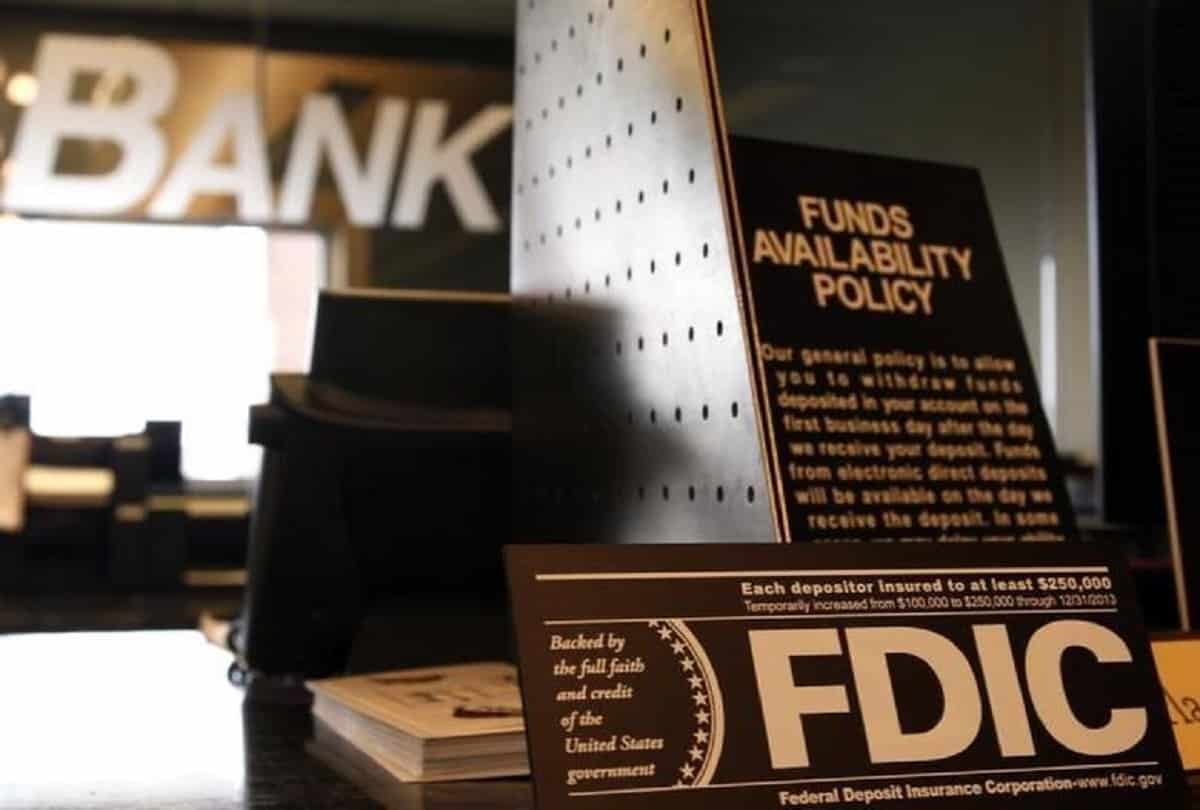
The Federal Deposit Insurance Corporation (FDIC) has updated its guidelines, enabling banks to engage in cryptocurrency-related activities without seeking prior approval. This new policy shift signals a change in the FDIC’s approach to the growing role of digital assets in the banking sector.
New FDIC Guidelines on Crypto-Related Activities
The FDIC has issued a new Financial Institution Letter (FIL-7-2025), which provides updated guidance for banks looking to engage in cryptocurrency activities. The new guidance rescinds the previous policy set out in FIL-16-2022, which required banks to notify the FDIC before engaging in such activities.
Under the new rules, banks can now participate in permissible crypto-related activities without waiting for FDIC approval, as long as they manage the risks appropriately.
This change is seen as a shift in the FDIC’s stance, following the agency’s earlier stance that required prior approval for crypto engagements. FDIC Acting Chairman Travis Hill expressed that this new approach aims to establish a more consistent framework for banks to explore and adopt emerging technologies like crypto-assets and blockchain.
“With today’s action, the FDIC is turning the page on the flawed approach of the past three years,” said Hill in a statement.
This Is A Developing News, Please Check Back For More
Disclaimer: The presented content may include the personal opinion of the author and is subject to market condition. Do your market research before investing in cryptocurrencies. The author or the publication does not hold any responsibility for your personal financial loss.
-

 Market23 hours ago
Market23 hours agoXRP Price Slides Slowly—Is a Bigger Drop Coming?
-
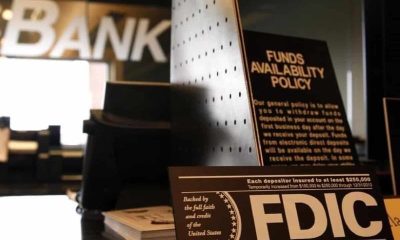
 Regulation14 hours ago
Regulation14 hours agoFDIC Revises Crypto Guidelines Allowing Banks To Enter Digital Assets
-

 Market24 hours ago
Market24 hours agoTerra’s Crypto Claims Portal Opens Soon: Key Dates and Info
-
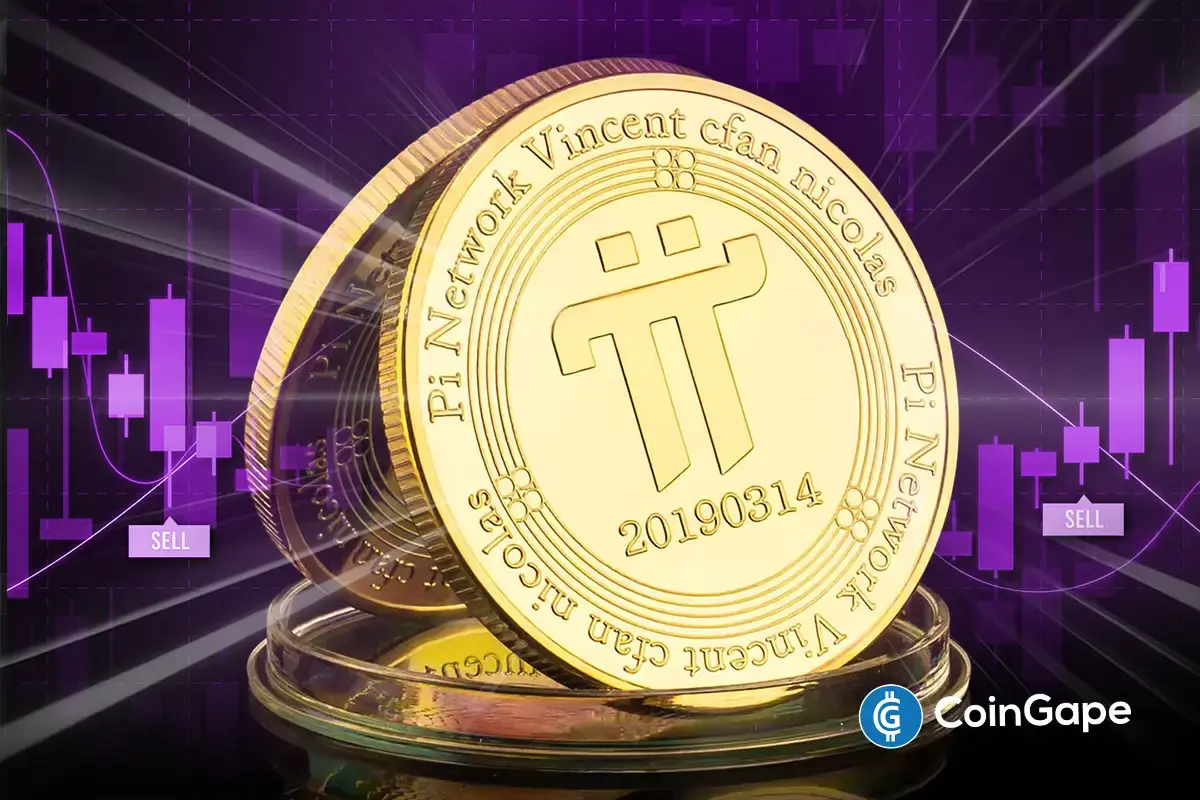
 Altcoin23 hours ago
Altcoin23 hours agoWhy Is Pi Network Coin Price Up 5% Despite Altcoins Market Correction?
-

 Market21 hours ago
Market21 hours agoCoinbase to Rival Binance With BNB Perpetual Futures
-

 Market16 hours ago
Market16 hours agoPopular Analyst Peter Brandt Identifies XRP Head & Shoulder Pattern, Reveals Path To Take
-

 Market20 hours ago
Market20 hours agoSatLayer CEO Luke Xie Talks Bitcoin Restaking and DeFi’s Future
-

 Market14 hours ago
Market14 hours agoWhat to Expect from XRP Price in April 2025


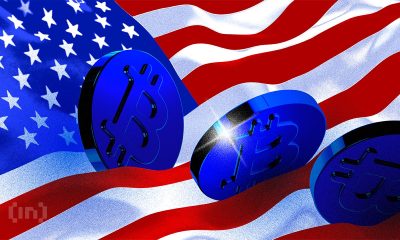




















✓ Share: